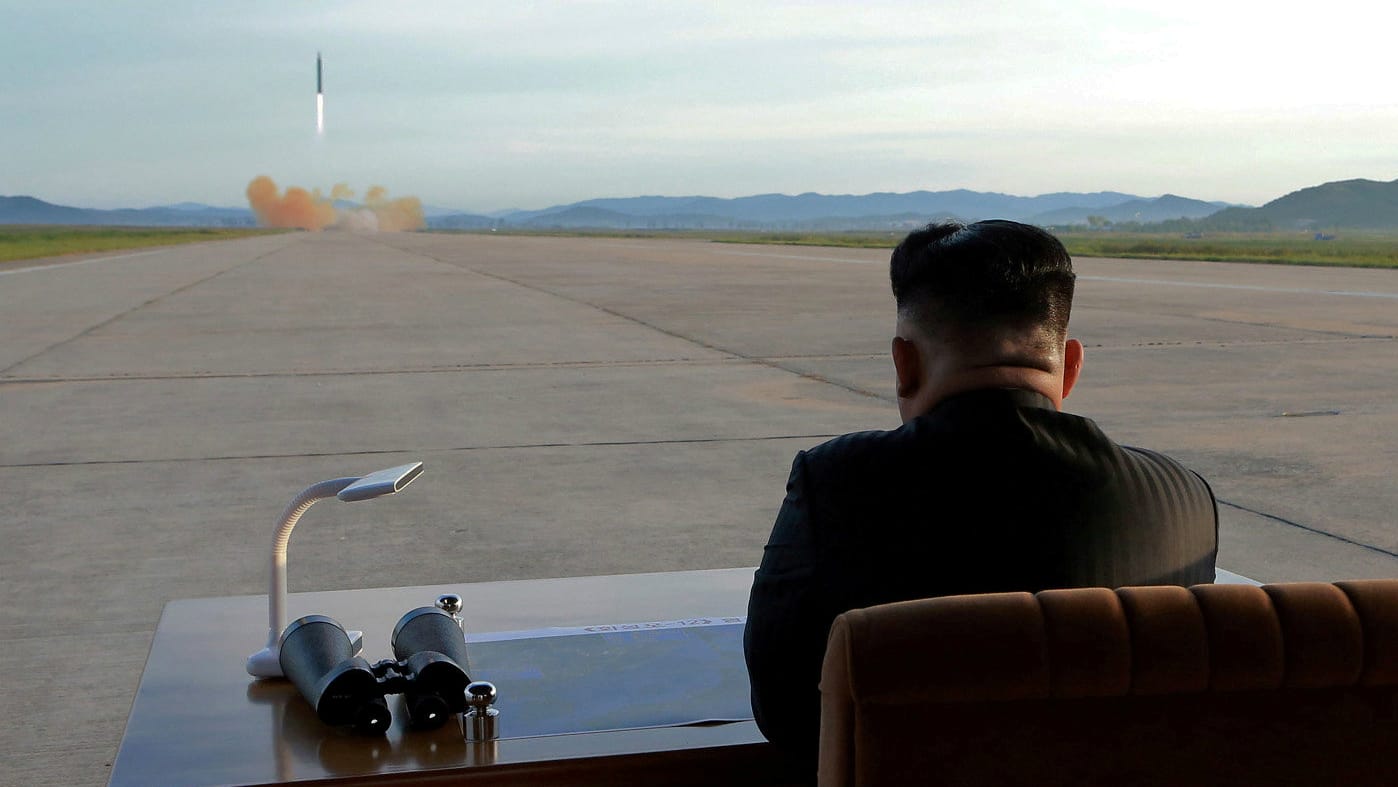More than 200 people are feared to have died when a tunnel caved in at North Korea’s nuclear test site after its latest detonation, a Japanese news report said, on Tuesday.
A tunnel collapsed at Punggye-ri in early September, days after North Korea conducted its sixth and largest underground nuclear test on September 3, TV Asahi said, quoting unnamed North Korean sources.
Some 100 workers were involved in an initial collapse. Another cave-in occurred during rescue operations, leaving at least 200 people feared dead in total, the Japanese broadcaster said.
The accident was triggered by the test, TV Asahi added.
Experts have warned that the underground tests could cause the mountain to collapse and leak radiation into the atmosphere near China’s border.
The latest test — the sixth at the site since 2006 — triggered landslides in the detonation area and beyond, according to satellite pictures taken the day after.
The images published by the 38 North website showed changes in the surface at Punggye-ri where the ground had been lifted into the air by the tremors. Small landslides followed the course of stream beds.
The blast caused a 6.3-magnitude earthquake, according to the US Geological Survey, followed a few minutes later by another with a magnitude of 4.1.
Japan assessed the yield from the test of what the North said was a hydrogen bomb at 120 kilotons, eight times the size of Hiroshima in 1945.
It is very unusual for North Korea to acknowledge any major accident, especially anything that involves its nuclear programme.
Lee Eugene, a spokeswoman at South Korea’s unification ministry, said: “We are aware of the report but do not know anything about it.”
The report came ahead of US President Donald Trump’s first presidential visit to South Korea next week amid an escalating war of words between him and North Korean leader Kim Jong-Un.
The reclusive country has made significant strides in its atomic and missile technology under Kim, who took power after the death of his father and longtime ruler Kim Jong-Il in 2011.
Since then he has overseen four of the country’s six nuclear tests and hailed atomic weapons as a “treasured sword” to protect the nation from invasion by the United States.




